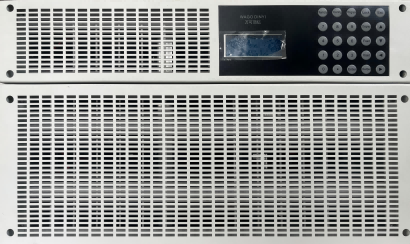Enhanced Safety and Protection Features
The wind power inverter incorporates multiple layers of safety and protection features, ensuring reliable operation under various environmental conditions. These include advanced surge protection, temperature monitoring, and automatic shutdown mechanisms that protect both the equipment and connected systems. The comprehensive protection suite monitors for grid anomalies, voltage fluctuations, and other potential hazards, responding instantly to prevent damage. Environmental protection features include IP65-rated enclosures, corrosion-resistant materials, and specialized cooling systems designed for harsh outdoor conditions. The safety system also includes ground fault detection, arc fault protection, and emergency shutdown capabilities, ensuring compliance with international safety standards.




